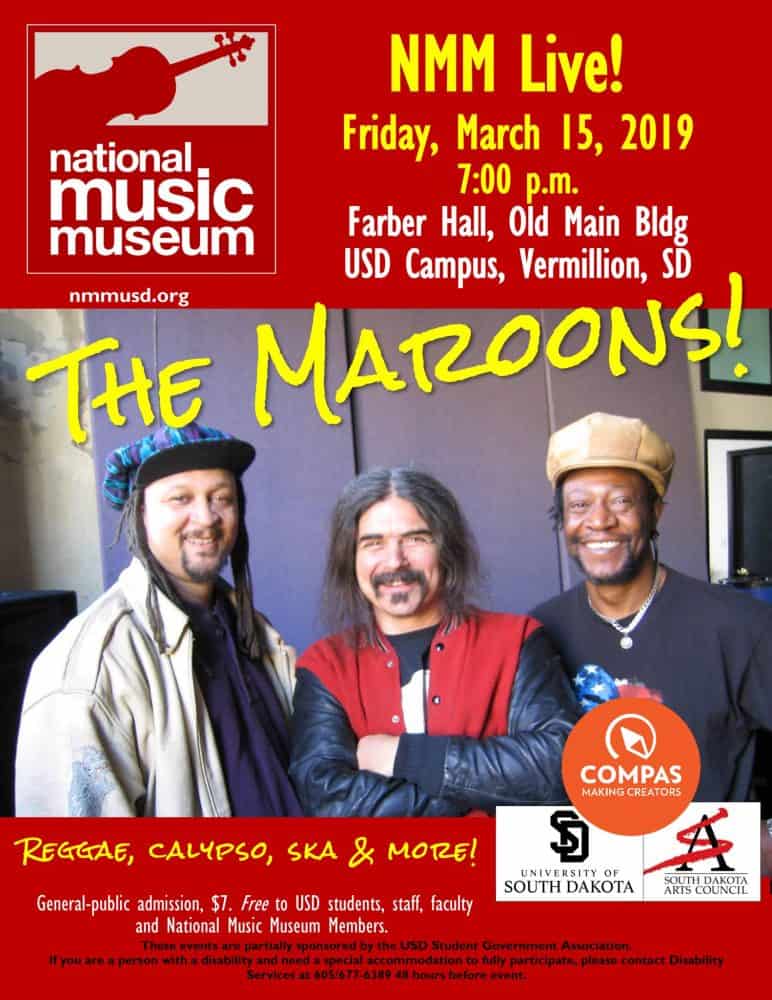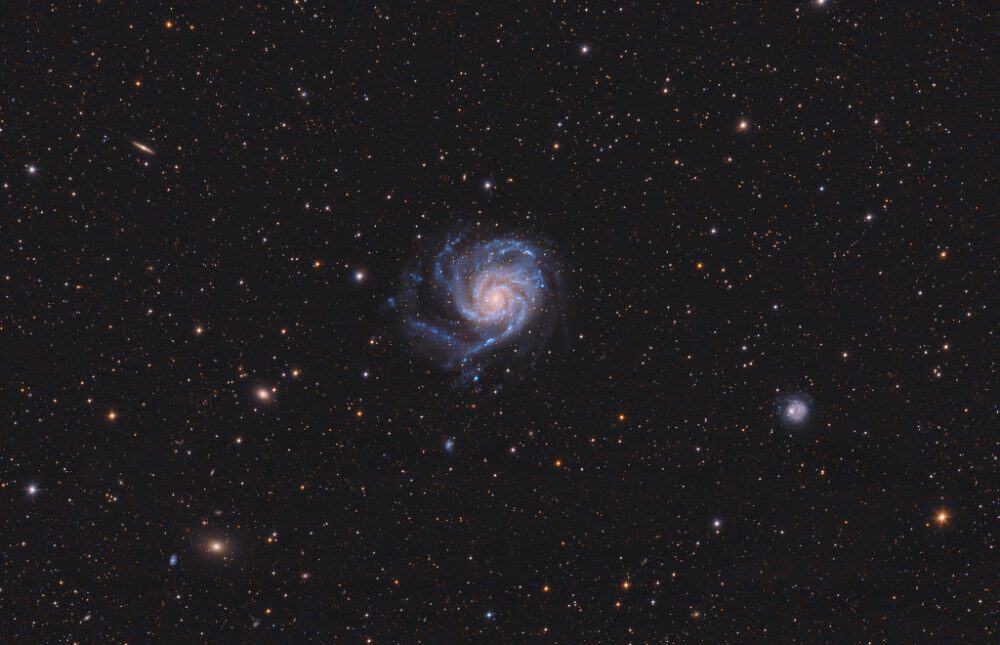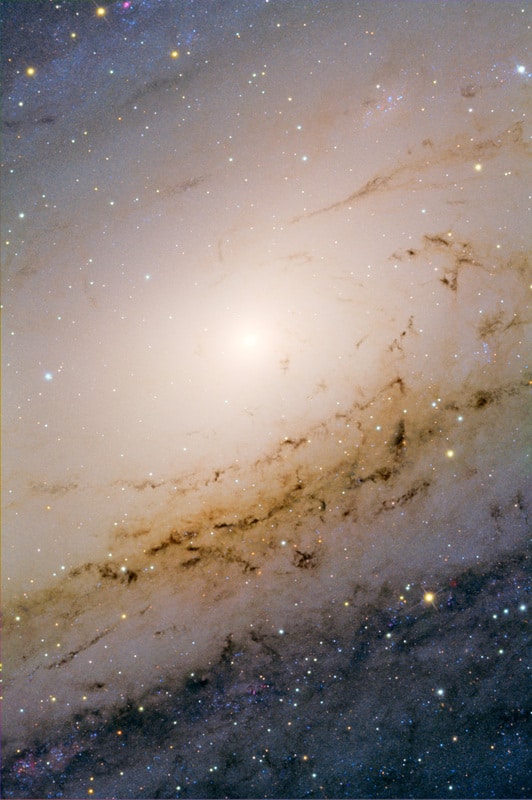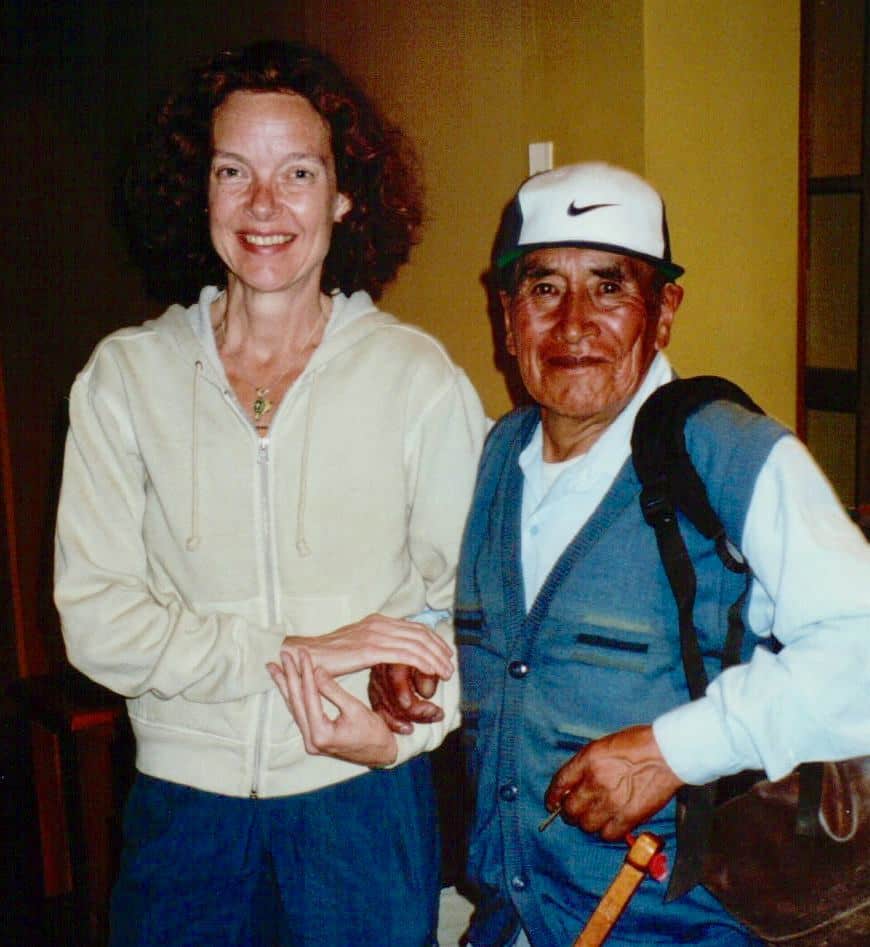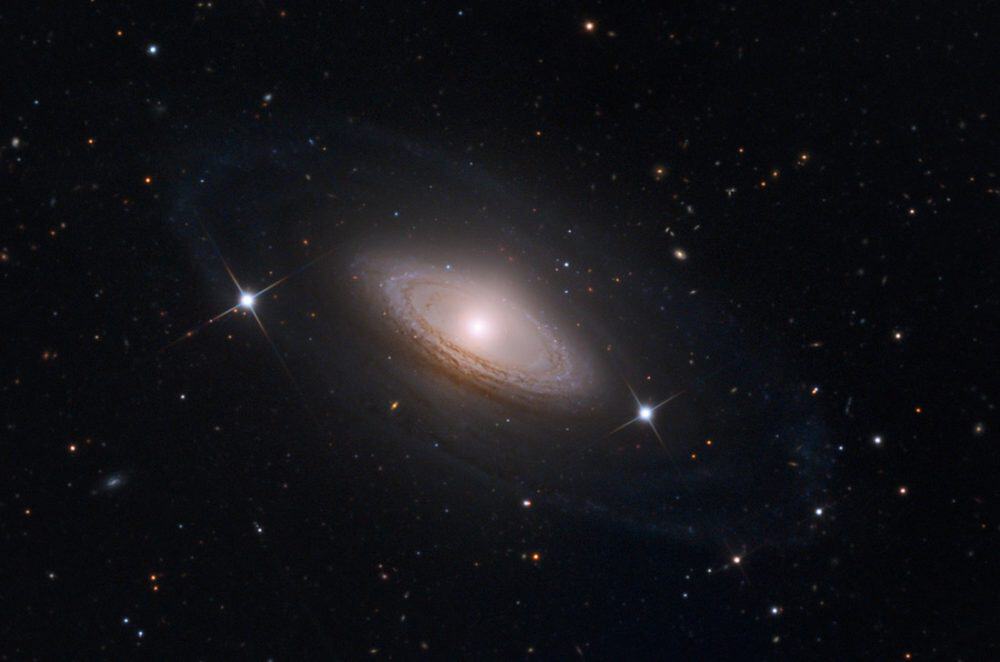Blog
Big, beautiful spiral galaxy M101 is one of the last entries in Charles Messier’s famous catalog, but definitely not one of the least. About 170,000 light-years across, this galaxy is enormous, almost twice the size of our own Milky Way galaxy. M101 was also one of the original spiral nebulae observed by Lord Rosse’s large 19th century telescope, the Leviathan of Parsontown. M101 shares this modern telescopic field of view with more distant background galaxies, foreground stars within the Milky Way, and a companion dwarf galaxy NGC 5474 (lower right). The colors of the Milky Way stars can also be found in the starlight from the large island universe. Its core is dominated by light from cool yellowish stars. Along its grand design spiral arms are the blue colors of hotter, young stars mixed with obscuring dust lanes and pinkish star forming regions. Also known as the Pinwheel Galaxy, M101 lies within the boundaries of the northern constellation Ursa Major, about 23 million light-years away. Its companion NGC 5474 has likely been distorted by its past gravitational interactions with the dominant M101.
more...Ryland Peter “Ry” Cooder (born March 15, 1947) is an American musician, songwriter, film score composer, and record producer. He is a multi-instrumentalist but is best known for his slide guitar work, his interest in roots music from the United States, and his collaborations with traditional musicians from many countries.
Cooder’s solo work draws upon many genres. He has played with John Lee Hooker, Captain Beefheart, Ali Farka Touré, Eric Clapton, The Rolling Stones, Van Morrison, Neil Young, Randy Newman, David Lindley, The Chieftains, The Doobie Brothers, and Carla Olson & the Textones (on record and film). He formed the band Little Village. He also produced the Buena Vista Social Club album (1997), which became a worldwide hit. Wim Wenders directed the documentary film of the same name (1999), which was nominated for an Academy Award in 2000.
Cooder was ranked eighth on Rolling Stone magazine’s 2003 list of “The 100 Greatest Guitarists of All Time” (David Fricke’s Picks). A 2010 ranking by Gibson placed him at number 32.
Cooder was born in Los Angeles, California, to father Bill Cooder and Italian-American mother Emma Casaroli. He grew up in Santa Monica, California, and graduated from Santa Monica High School in 1964. During the 1960s, he briefly attended Reed College in Portland, Oregon. He began playing the guitar when he was three years old. He has had a glass eye since he was four, when he accidentally stuck a knife in his left eye.
more...Charles Lloyd (born March 15, 1938) is an American jazz musician. Though he primarily plays tenor saxophone and flute, he has occasionally recorded on other reed instruments, including alto saxophone and the Hungarian tárogató. Lloyd’s band since 2007 includes pianist Jason Moran, bassist Reuben Rogers, and drummer Eric Harland.
Charles Lloyd grew up in Memphis and was exposed to blues, gospel and jazz. He is of African, Cherokee, Mongolian, and Irish ancestry. He was given his first saxophone at the age of 9 and was riveted by 1940s radio broadcasts by Charlie Parker, Coleman Hawkins, Lester Young, Billie Holiday and Duke Ellington. His early teachers included pianist Phineas Newborn, Jr.and saxophonist Irvin Reason. His closest childhood friend was trumpeter Booker Little. As a teenager Lloyd played jazz with saxophonist George Coleman, Harold Mabern, and Frank Strozier, and was a sideman for Johnny Ace, Bobby “Blue” Bland, Howlin’ Wolf and B.B. King.
In 1956 Lloyd left Memphis for Los Angeles to earn a degree in music at the University of Southern California, where he studied with Halsey Stevens, whose speciality was Bartók. At night, he played in jazz clubs with Ornette Coleman, Billy Higgins, Scott LaFaro, Don Cherry, Charlie Haden, Eric Dolphy, Bobby Hutcherson and other leading west coast jazz artists. He also was a member of the Gerald Wilson big band.
more...Samuel John “Lightnin’” Hopkins (March 15, 1912 – January 30, 1982) was an American country blues singer, songwriter, guitarist and occasional pianist, from Centerville, Texas. Rolling Stone magazine ranked him number 71 on its list of the 100 greatest guitarists of all time.
The musicologist Robert “Mack” McCormick opined that Hopkins is “the embodiment of the jazz-and-poetry spirit, representing its ancient form in the single creator whose words and music are one act”.
Hopkins was born in Centerville, Texas, and as a child was immersed in the sounds of the blues. He developed a deep appreciation for this music at the age of 8, when he met Blind Lemon Jefferson at a church picnic in Buffalo, Texas. That day, Hopkins felt the blues was “in him”.[citation needed] He went on to learn from his older (distant) cousin, the country blues singer Alger “Texas” Alexander. (Hopkins had another cousin, the Texas electric blues guitarist Frankie Lee Sims, with whom he later recorded.) Hopkins began accompanying Jefferson on guitar at informal church gatherings. Jefferson reputedly never let anyone play with him except young Hopkins, and Hopkins learned much from Jefferson at these gatherings.
https://www.youtube.com/watch?v=DCSacpEIYWY
more...World Music on Flamenco Fridays
more...The Andromeda Galaxy (/ænˈdrɒmɪdə/), also known as Messier 31, M31, or NGC 224, is a spiral galaxy approximately 780 kiloparsecs (2.5 million light-years) from Earth, and the nearest major galaxy to the Milky Way. Its name stems from the area of the Earth’s sky in which it appears, the constellation of Andromeda.
The 2006 observations by the Spitzer Space Telescope revealed that the Andromeda Galaxy contains approximately one trillion stars, more than twice the number of the Milky Way’s estimated 200 to 400 billion stars. The Andromeda Galaxy’s mass is estimated to be around 1.76 times that of the Milky Way Galaxy (~0.8-1.5×1012 solar masses vs the Milky Way’s 8.5×1011 solar masses), though a 2018 study found that the Andromeda Galaxy’s mass is roughly the same as the Milky Way’s. The Andromeda Galaxy, spanning approximately 220,000 light-years, is the largest galaxy in the Local Group, which is also home to the Triangulum Galaxy and other minor galaxies.
The Milky Way and Andromeda galaxies are expected to collide in ~4.5 billion years, merging to form a giant elliptical galaxy or a large disc galaxy. With an apparent magnitude of 3.4, the Andromeda Galaxy is among the brightest of the Messier objects making it visible to the naked eye from Earth on moonless nights, even when viewed from areas with moderate light pollution.
more...Shirley Scott (March 14, 1934 – March 10, 2002) was an American jazz organist.
Born in Philadelphia, Pennsylvania, Scott studied trumpet and piano in school. As a performer in the 1950s, she played the Hammond B-3 organ. Her recordings with Eddie “Lockjaw” Davisincluded the hit “In the Kitchen”. Influenced by gospel and blues, she played soul jazz in the 1960s with Stanley Turrentine, who became her husband during the same decade; the couple divorced in 1971.
Although organ trios declined in popularity during the 1970s, they resurged in the 1980s and she recorded again. In the 1990s, she recorded as pianist in a trio and performed at venues in Philadelphia. She was also a jazz educator.
Scott won an $8 million settlement in 2000 against American Home Products, the manufacturers of the diet drug fen-phen. She died of heart failure in 2002.
https://www.youtube.com/watch?v=GbpElY1L0qE
more...
Quincy Delight Jones Jr. (born March 14, 1933) is an American record producer, musician, composer, and film producer. His career spans six decades in the entertainment industry with a record 80 Grammy Award nominations, 28 Grammys, and a Grammy Legend Award in 1992.
Jones came to prominence in the 1950s as a jazz arranger and conductor, before moving on to work in pop music and film scores. In 1969, Jones and his songwriting partner Bob Russellbecame the first African-Americans to be nominated for an Academy Award for Best Original Song, for “The Eyes of Love” from the film Banning. Jones was also nominated for an Academy Award for Best Original Score for his work on the 1967 film In Cold Blood, making him the first African-American to be nominated twice in the same year. In 1971, he became the first African-American to be the musical director and conductor of the Academy Awards ceremony. In 1995, he was the first African-American to receive the Academy’s Jean Hersholt Humanitarian Award. He has tied with sound designer Willie D. Burton as the second most Oscar-nominated African-American, with seven nominations each.
Jones was the producer, with Michael Jackson, of Jackson’s albums Off the Wall (1979), Thriller (1982), and Bad (1987), as well as the producer and conductor of the 1985 charity song “We Are the World“, which raised funds for victims of famine in Ethiopia. In 2013, Jones was inducted into the Rock & Roll Hall of Fame as the winner, alongside Lou Adler, of the Ahmet Ertegun Award. He was named one of the most influential jazz musicians of the 20th century by Time magazine.
Quincy Delight Jones Jr. was born on the South Side of Chicago on March 14, 1933, the son of Sarah Frances (née Wells), a bank officer and apartment complex manager, and Quincy Delight Jones Sr., a semi-professional baseball player and carpenter from Kentucky.
more...Georg Philipp Telemann (24 March [O.S. 14 March] 1681 – 25 June 1767) (German pronunciation: [ˈteːləman]) was a German Baroque composer and multi-instrumentalist. Almost completely self-taught in music, he became a composer against his family’s wishes. After studying in Magdeburg, Zellerfeld, and Hildesheim, Telemann entered the University of Leipzig to study law, but eventually settled on a career in music. He held important positions in Leipzig, Sorau, Eisenach, and Frankfurt before settling in Hamburg in 1721, where he became musical director of the five main churches. While Telemann’s career prospered, his personal life was always troubled: his first wife died only a few months after their marriage, and his second wife had extramarital affairs and accumulated a large gambling debt before leaving Telemann.
Telemann is one of the most prolific composers in history (at least in terms of surviving oeuvre)[2] and was considered by his contemporaries to be one of the leading German composers of the time—he was compared favorably both to his friend Johann Sebastian Bach, who made Telemann the godfather and namesake of his son Carl Philipp Emanuel, and to George Frideric Handel, whom Telemann also knew personally. Telemann’s music incorporates several national styles (French, Italian, German) and is even at times influenced by Polish popular music. He remained at the forefront of all new musical tendencies and his music is an important link between the late Baroque and early Classical styles.
As part of his duties, he wrote much music for educating organists under his direction. This includes 48 chorale preludes and 20 small fugues (modal fugues) to accompany his chorale harmonizations for 500 hymns.
NGC 4698 is a barred spiral galaxy located around 55 million light years away from Earth in the constellation of Virgo. It belongs to the Virgo Cluster of galaxies and is positioned near the northeastern edge of this assemblage. The morphological classification of NGC 4698 in the De Vaucouleurs system is SA(s)ab, which indicates a purely spiral structure with moderate to tightly wound arms. It is inclined to the line of sight from the Earth by an angle of 53° along a position angle of 170°.
A unique feature of this galaxy is that the stars and dust of the nuclear disk are rotating in a direction that is aligned perpendicularly to the galactic disk. The bulge likewise appears elongated out of the galactic plane. This unusual alignment may have been the result of a past merger event.
NGC 4698 is classified as a Seyfert-2 galaxy with an active galactic nucleus, which displays a prominent emission of radio and X-ray energy from the core while showing narrow emission lines in the optical spectrum. The unified model of Seyfert galaxies proposes that the nucleus of a Seyfert 2 galaxy is obscured by a thick torus of gas and dust. However, the varying X-ray emission of the core of NGC 4698 shows little indication of being obstructed, suggesting instead that the source of the energy emission is generally unobscured but anemic in nature.
more...Richard Allen “Blue“ Mitchell (March 13, 1930 – May 21, 1979) was an American jazz, rhythm and blues, soul, rock and funk trumpeter, and composer, who recorded many albums as leader and sideman for Riverside, Blue Note and Mainstream Records. Mitchell was born and raised in Miami, Florida. He began playing trumpet in high school, where he acquired his nickname, Blue.[
After high school he played in the rhythm and blues ensembles of Paul Williams, Earl Bostic, and Chuck Willis. After returning to Miami he was noticed by Cannonball Adderley, with whom he recorded for Riverside Records in New York in 1958.
He then joined the Horace Silver Quintet, playing with tenor saxophonist Junior Cook, bassist Gene Taylor and drummer Roy Brooks. Mitchell stayed with Silver’s group until the band’s break-up in 1964, after which he formed a group with members from the Silver quintet, substituting the young pianist Chick Corea for Silver and replacing Brooks, who had fallen ill, with drummer Al Foster. This group produced a number of records for Blue Note. It disbanded in 1969, after which Mitchell joined and toured with Ray Charles until 1971.
From 1971 to 1973 Mitchell performed with John Mayall, appearing on Jazz Blues Fusion and subsequent albums. From the mid-70s he recorded and worked as a session man in the genres noted previously, performed with the big band leaders Louie Bellson, Bill Holman and Bill Berry and was principal soloist for Tony Bennett and Lena Horne. Other band leaders Mitchell recorded with include Lou Donaldson, Grant Green, Philly Joe Jones, Jackie McLean, Hank Mobley, Johnny Griffin, Al Cohn, Dexter Gordon and Jimmy Smith.
https://www.youtube.com/watch?v=6-HfjaPHd0Q
more...Roy Owen Haynes (born March 13, 1925) is an American jazz drummer and group leader. Haynes is among the most recorded drummers in jazz, and in a career lasting over 70 years has played in a wide range of styles ranging from swing and bebop to jazz fusion and avant-garde jazz. He has a highly expressive, personal style (“Snap Crackle” was a nickname given him in the 1950s).
He has also led his own groups, some performing under the name Hip Ensemble. His recordings as a leader, Fountain of Youth and Whereas, were nominated for a Grammy Award. He continues to perform worldwide and was inducted into the Modern Drummer Hall of Fame in 1999. His son Graham Haynes is a cornetist; his son Craig Haynes and grandson Marcus Gilmore are both drummers. Born in the Roxbury section of Boston, Massachusetts, Haynes made his professional debut in 1944 in his native Boston.
Haynes began his full-time professional career in 1945. From 1947 to 1949 he worked with saxophonist Lester Young, and from 1949 to 1952 was a member of saxophonist Charlie Parker‘s quintet. He also recorded at the time with pianist Bud Powell and saxophonists Wardell Gray and Stan Getz. From 1953 to 1958 he toured with singer Sarah Vaughan and also recorded with her.
more...Otis Verries Hicks, known as Lightnin’ Slim (March 13, 1913 – July 27, 1974), was an African-American Louisiana blues musician, who recorded for Excello Records and played in a style similar to its other Louisiana artists. The blues critic ED Denson ranked him as one of the five great bluesmen of the 1950s, along with Muddy Waters, Little Walter, Howlin’ Wolf and Sonny Boy Williamson.
According to most sources, Otis Hicks was born on a farm outside St. Louis, Missouri, but the researchers Bob Eagle and Eric LeBlanc stated, on the basis of his draft card, that he was born in Good Pine, Louisiana. He moved to Baton Rouge at the age of thirteen. Taught guitar by his older brother Layfield, Slim was playing in bars in Baton Rouge by the late 1940s.
His first recording was “Bad Luck Blues” (“If it wasn’t for bad luck, I wouldn’t have no luck at all”), released by J. D. “Jay” Miller‘s Feature Records in 1954. It was Miller, who had a penchant for picking colourful artists’ names, who christened him “Lightnin’ Slim”. Slim then recorded for Excello Records for twelve years, starting in the mid-1950s, often collaborating with his brother-in-law Slim Harpo and with the harmonica player Lazy Lester.
more...More Posts
- World Music with George Abdo
- Daily Roots with Damian Marley and Nas
- Geoffrey Oryema Ugandan musician Passes
- The Cosmos with IC 2631
- George Russell Day
- Milt Hinton Day
- World Music with Mustapha Tettey Addy
- Daily Roots with Turbulence
- The Cosmos with NGC 4565
- Kris Kristofferson Day
- Ray Mantilla Day
- Cal Green Day
- World Music with ESTRELLA MORENTE
- Daily Roots with Sizzla
- The Cosmos with NGC 5426/27
- Eric Reed Day
- Lalo Schifrin
- Skip James Day
- World Music with Alekos K. Vretos
- Daily Roots with Ijahman Levy
